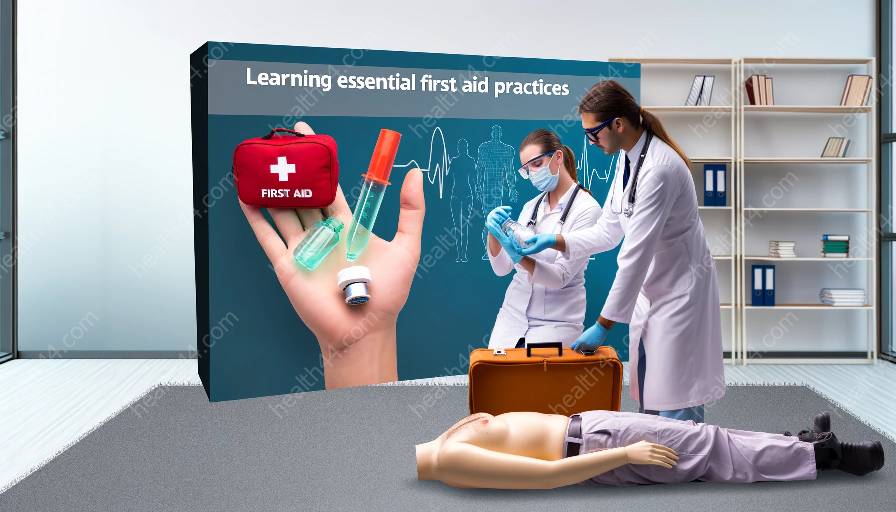CPR, or Cardiopulmonary Resuscitation, is a crucial life-saving technique that can be performed by individuals trained in first aid, as well as healthcare professionals. It is an essential skill in providing immediate assistance to someone experiencing cardiac arrest or respiratory failure.
While CPR is a fundamental aspect of first aid, its significance extends to the realms of health education and medical training, where individuals are educated on the proper techniques and best practices for administering CPR.
The Importance of CPR in First Aid
When an individual experiences a sudden cardiac arrest, their chances of survival decrease by 7-10% for every minute that passes without CPR. This underscores the critical role of bystanders and first responders in initiating CPR promptly, as it can sustain blood flow to vital organs and improve the likelihood of the individual's survival.
In a first aid context, CPR training equips individuals with the knowledge and skills to assess the need for CPR, perform chest compressions, and provide rescue breaths when necessary. This immediate intervention can be the difference between life and death in emergency situations.
Integration with Health Education and Medical Training
Health education initiatives often incorporate CPR training as an essential component of promoting public health and safety. By raising awareness about the importance of CPR and offering training programs in schools, workplaces, and community settings, individuals can become empowered to respond effectively during emergencies.
Moreover, healthcare professionals and individuals pursuing medical training undergo comprehensive CPR courses as part of their education, ensuring they are adept at performing advanced life support techniques and interventions. This not only enhances patient care but also reinforces the importance of ongoing proficiency in CPR among medical practitioners.
Understanding the Techniques and Steps of CPR
To administer effective CPR, individuals must understand the basic techniques and steps involved in the process. These include:
- Assessment: Evaluating the individual's responsiveness and breathing to determine the need for CPR.
- Chest Compressions: Applying rhythmic compressions to the chest to maintain blood circulation.
- Rescue Breaths: Providing artificial ventilation by delivering breaths into the individual's airway.
- AED Utilization: Understanding how to use an automated external defibrillator (AED) in conjunction with CPR to deliver a shock if the individual has a shockable rhythm.
Benefits of Learning CPR
By learning and practicing CPR, individuals acquire the following benefits:
- Empowerment: Being able to take immediate action in emergency situations contributes to a sense of empowerment and reinforces one's ability to make a positive impact.
- Life-Saving Skills: The ability to perform CPR can significantly increase the chances of survival for someone experiencing cardiac arrest or respiratory failure.
- Community Health: When more individuals are trained in CPR, communities become safer and more prepared to respond to medical emergencies.
Conclusion
CPR is a vital component of first aid, health education, and medical training. Its significance lies in empowering individuals to intervene effectively during critical moments, thereby saving lives and promoting a culture of preparedness and well-being within communities. By understanding the techniques, benefits, and steps of CPR, individuals can play a pivotal role in preserving life and ensuring better outcomes for those in need.



